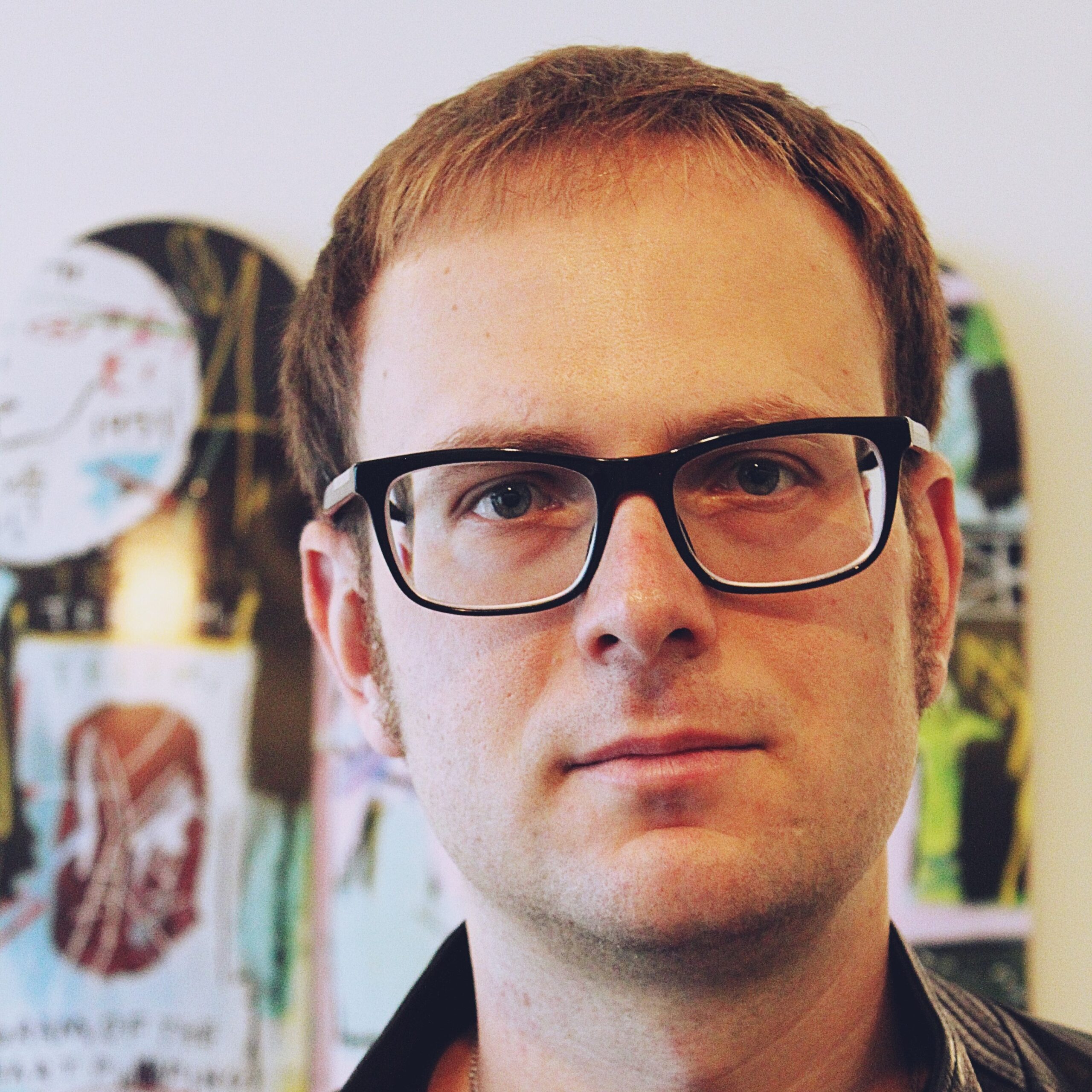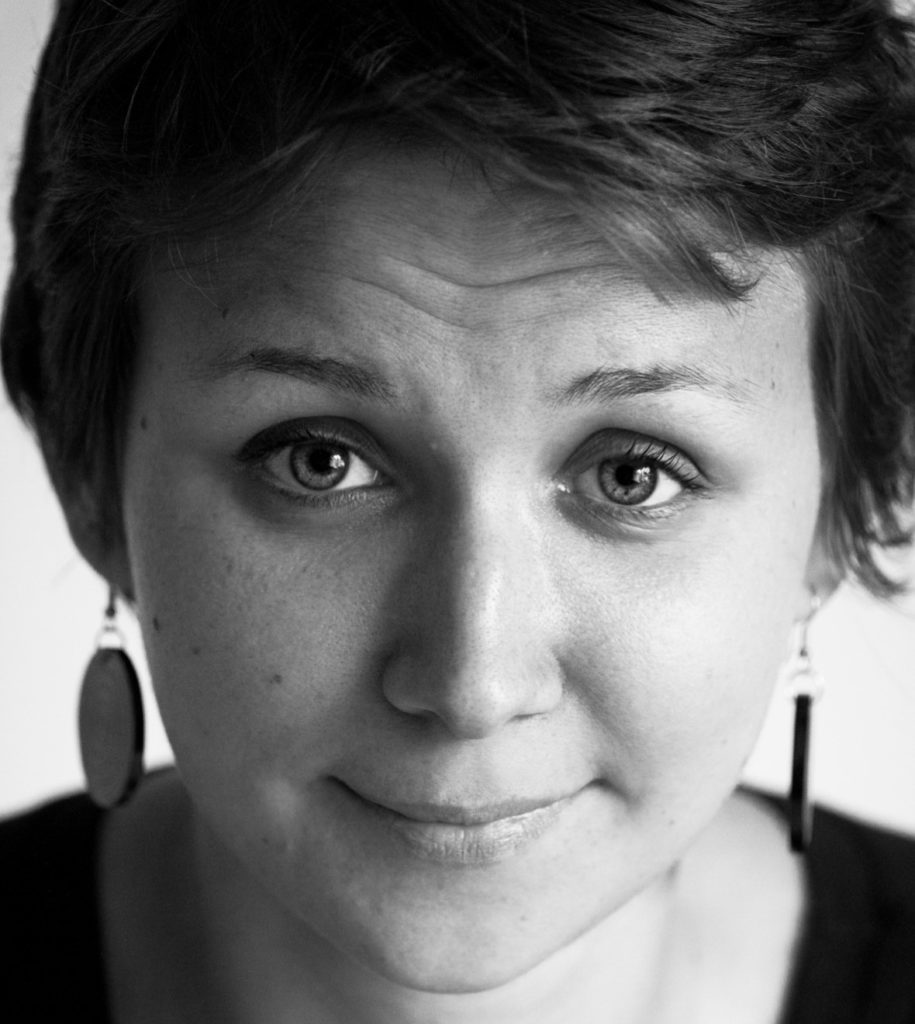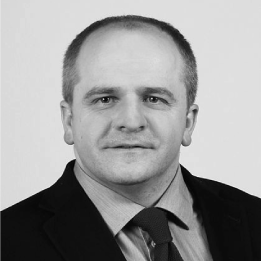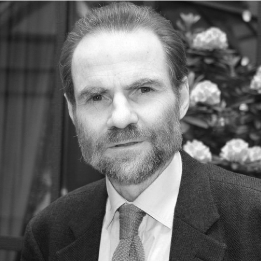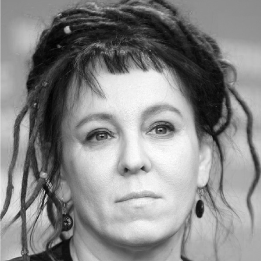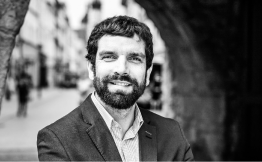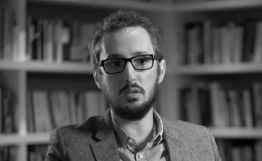Keep our news free from ads and paywalls by making a donation to support our work!

Notes from Poland is run by a small editorial team and is published by an independent, non-profit foundation that is funded through donations from our readers. We cannot do what we do without your support.
By Filip Mazurczak
Although over the past 80 years there have been countless books, films and museum exhibits devoted to the millions of victims of Nazi Germany, few are aware that in October 1939, at the Fort VII concentration camp, Polish psychiatric patients became the first civilians killed in the Third Reich’s gas chambers.
In recent years, however, activists have been campaigning for greater recognition of the forgotten wartime extermination of at least 20,000 Polish psychiatric patients, people with disabilities and nursing home residents.
Disdain for the weak
In addition to German nationalism, racism and militarism, Nazism was strongly influenced by social Darwinism. At the 1929 Nazi Party conference in Nuremberg, Adolf Hitler argued that if one million healthy German children were born each year and the state eliminated between 700,000 and 800,000 of its weakest citizens, Germany’s collective strength would grow.
Germans have significant gaps in their knowledge about WWII, a poll conducted on behalf of a Polish state research institute has found.
For example, 59% wrongly believe the primary victims of the Holocaust were German Jews rather than Polish ones https://t.co/agTnoRgsIu
— Notes from Poland 🇵🇱 (@notesfrompoland) September 2, 2024
In the late 19th and early 20th century, eugenics – an idea first proposed by Sir Francis Galton, Charles Darwin’s cousin – had become an increasingly popular concept.
In 1907, the American state of Indiana passed a law authorising the involuntary sterilisation of “confirmed criminals, idiots, imbeciles, and rapists”. In Sweden, meanwhile, 62,288 people were forcibly sterilised between 1935 and 1975. Other Scandinavian nations had similar eugenics programmes.
What made the German Nazis unique, however, was their move from forced sterilisation to mass murder. In 1940, Aktion T4 – an operation of involuntary euthanasia targeted at “weaker” citizens – was launched. By the war’s end, up to 300,000 psychiatric patients, elderly persons and people with disabilities had been murdered.
The first extermination operations of the war
Although most of those victims were residents of Germany and Austria (annexed by the Reich in March 1938), many victims in occupied territories were Polish.
According to psychiatrist Tadeusz Nasierowski, 20,000 Polish psychiatric patients were murdered. Meanwhile, Zdzisław Jaroszewski, a psychiatrist who witnessed his own patients’ murder, estimated the Polish death toll at 26,000 – at least 16,000 were directly killed, while another 10,000 died of starvation, thirst or disease.
While Poland’s Jews were subjected to discrimination, harassment and violence from the moment Germany invaded the country on 1 September 1939, their mass murder in the death camps introduced as part of Operation Reinhard began in 1942. (One year earlier, the SS gunned down approximately two million Jews in the occupied USSR in a campaign of mass shootings that has been dubbed the “Holocaust by bullets”.)
Thus the first two mass extermination campaigns of World War II were the killing of Polish psychiatric patients and Polish intellectuals. As part of the latter operation, 100,000 Polish schoolteachers, clergymen, professors, lawyers and doctors were shot in the first months of the war.
A temporary memorial to Polish WW2 victims will be unveiled in Berlin next month while work on a permanent one continues.
"In Germany, too little is known about the scale of the crimes committed by Germans against Poles," says the German culture minister https://t.co/Uzg7EJcKkE
— Notes from Poland 🇵🇱 (@notesfrompoland) April 12, 2025
In October 1939, Hitler signed a letter authorising German doctors to “grant mercy death to patients whom they judge to be incurable”. The letter was backdated to 1 September to provide a legal basis for the mass murders already happening to Polish psychiatric patients.
Colonisation in horrifying practice
In September 1939, the Germans shot a total of 1,689 Poles with intellectual disabilities and Polish psychiatric patients from Kocborowo hospital, close to present-day Gdańsk.
One month later, in the Fort VII concentration camp in Poznań, a former Prussian-era fort, Polish psychiatric patients from the nearby village of Owińska as well as the Neurological-Psychiatric Clinic of the University of Poznań were smothered with carbon monoxide in a casemate-turned-gas chamber.
In April 1942, meanwhile, all the patients at two nursing homes in Włocławek and the nuns that ran these institutions were taken to the Chełmno (Kulmhof) extermination camp, where they were killed with carbon monoxide in hermetically sealed “gas vans”.
With the German army, German extermination programs crossed the Polish border in 1939.
By 22 September, selection of patients in the Kocborowo hospital had been completed.
On 22 September, the first group of 88 people were shot into pits in the Szpęgawski Forest. #AktionT4 pic.twitter.com/DgC8IOE0J2
— Institute of National Remembrance (@ipngovpl_eng) September 22, 2022
One of the most appalling crimes was the performing of medical experiments on hundreds of Polish, Silesian and German children in a psychiatric hospital in Lubliniec. Some of the young patients did not suffer from psychiatric illnesses but simply were chronic bedwetters. They were given doses of barbiturates; at least 302 died. Later, the Germans used their brains for experimentation.
All these tragic events are just several of many that took place in areas directly annexed to the Reich. The influx of German settlers to Polish lands involved the ethnic cleansing of almost a million Poles and Jews, who were expelled to the General Government, the colonial structure headquartered in Kraków, from which Hans Frank – Hitler’s lawyer, known as the “Butcher of Poland” – ruled occupied Poland with a genocidal fist.
Apart from the social Darwinist aspect of eliminating “those unworthy of life”, the occupying Germans intended to convert the vacated buildings into housing for German settlers and Wehrmacht garrisons.
However, the killing was not limited to the annexed territories. Similar massacres took place in the General Government. In January 1940, almost all 440 patients (including 17 children) at the psychiatric hospital in Chełm near Lublin were shot by the SS.
Two more weeks to save @notesfrompoland!
We're halfway through our campaign and we've received 300 donations from our readers. Thank you for the generous support!
But to continue our work we still need your help. Click below to learn more https://t.co/0gVkMlaA0W
— Notes from Poland 🇵🇱 (@notesfrompoland) April 15, 2025
Meanwhile, one of the most extensive mass murders of this campaign was at the psychiatric hospital in Kraków’s Kobierzyn neighbourhood.
Founded in 1907, the progressive Kobierzyn hospital is a beautiful modernist-style villa complex surrounded by a large park. The patients had a chapel, participated in sports, and even had their own theatre; if able, they were given work. The idea was to create a hospital that recognised the patients’ human dignity and prepared them for their eventual reintegration into society.
During the war, more than a thousand Kobierzyn patients were killed. First, hundreds of its patients were given measly food rations and starved to death. Next, Kobierzyn’s 80 to 100 Jewish patients were sent to a Jewish psychiatric hospital in Otwock near Warsaw, where they were shot or deported to Treblinka.
Then, on 23 June 1942, the hospital was evacuated, and its 535 remaining patients were deported to Auschwitz-Birkenau or poisoned on site. Only one patient survived the June operation.
The vacated Kobierzyn complex was transformed into a Hitler Youth training centre, field hospital for wounded SS-men, and an office for administering nearby land and the confiscated hospital estate.
A forgotten crime
Not only did many of the perpetrators escape prosecution; they achieved considerable professional success in postwar Germany. For example, Ernst Buchalik, the wartime director of the Lubliniec hospital, and psychiatrist Elisabeth Hecker, his accomplice in murdering children, died as respected physicians.
Meanwhile, Alex Kroll, director of the Kobierzyn hospital under German occupation, worked as the administrative inspector and director of the Federal Office for Cargo Transport in Munich.
The remains of four victims of a German-Nazi concentration camp for Polish children – one of them a 12-year-old girl who died after being beaten by a guard – have been found by Poland’s Institute of National Remembrance https://t.co/IBBWOb8GP9
— Notes from Poland 🇵🇱 (@notesfrompoland) April 3, 2025
I asked Kalina Błażejowska, a Polish journalist and the author of the acclaimed book Heartless: The Forgotten Extermination of the Sick (Bezduszni. Zapomniana zagłada chorych), what explains this lack of accountability.
In her view, it results from two factors. First, there is the “general impunity of German war criminals”, whose prosecution ended along with the American-Soviet-British-French occupation of Germany in 1949.
Second, after 1949, physicians involved in killing people with disabilities and psychiatric disorders were never brought to justice because the German judges believed them to have been motivated by the humanitarian intention of liberating patients from their suffering.
During World War II, Poland experienced an enormous loss of property and human life. Around three million Polish Jews and at least two million non-Jewish Poles were murdered, while Warsaw was reduced to a pile of rubble by the war’s end.
Yet the 20,000 or more murdered Polish psychiatric patients are barely a footnote in Poland’s history textbooks.
After the fall of the Warsaw Uprising – which began 80 years ago today – the German occupiers expelled the city's entire population.
However, some survivors decided to remain among the ruins. They became known as "Robinson Crusoes" and this is their story https://t.co/UuVbfbcpQ4
— Notes from Poland 🇵🇱 (@notesfrompoland) August 1, 2024
One of the most shocking chapters in Błażejowska’s book depicts her stay in 2020 at the former psychiatric hospital in Lubliniec, where more than several hundred children were experimented on and selected for murder, and which is now an upmarket hotel and spa. There, Błażejowska saw no commemoration of the victims.
Moreover, one can question the appropriateness of turning the location of a wartime tragedy into a venue whose website offers wine therapy, saunas, and “a romantic weekend for two”.
According to Błażejowska, the reason for such sins of omission is the continued “stigmatisation of people with psychiatric disorders and disabilities”. Even today, she adds, “society doesn’t want to acknowledge such people in its midst”.
However, she sees improvements in the commemoration of this tragedy. She notes that, last year, Poland’s parliament adopted a resolution that, starting in 2025, 22 September (the anniversary of the Kocborowo massacre) will be commemorated as the Day of Remembrance of Victims of the Extermination of People with Psychiatric Disorders in Occupied Poland.
Poland’s main ruling group has proposed a national day of remembrance for people with mental disorders killed by the Nazi-German occupiers during WWII.
Those murders “initiated the genocidal crimes of the Third Reich" but "are not widely known”, they sayhttps://t.co/SsjP2jFKix
— Notes from Poland 🇵🇱 (@notesfrompoland) August 8, 2024
She says this victory was the result of years of lobbying by a handful of people. Błażejowska adds that there are now efforts to create a plaque at the nursing home in Śrem whose patients were murdered. Meanwhile, following her book’s publication, a plaque at the mass grave in the Bogulin forest between Śrem and Mosina, where residents from Śrem and psychiatric patients from Gostynin were slaughtered, was amended to state that the victims of forced euthanasia are buried there.
Elsewhere, a group of residents of Olsztyn (formerly German Allenstein, part of East Prussia during World War II) are lobbying to commemorate the murder of hundreds of German, Polish, Masurian and Jewish psychiatric patients killed by German Nazis – and, at the end of the war, the Red Army – at Kortau (now Kortowo). The University of Warmia and Masuria’s campus was built on the site of the former hospital.
In recent years, they have held masses in memory of the victims, while this year they held the first march of remembrance of the tragedy, Michał Woźnica of the Commemoration for Kortau committee tells Notes from Poland.
He notes that the event was attended by Roman Catholic, Greek-Catholic and Lutheran clergymen; local and municipal authorities; witnesses to the crime; representatives of the German minority; and relatives of victims. However, Woźnica laments that university authorities did not take part, despite being invited.
Presently, his group is lobbying to add a list of the victims’ names next to the existing commemorative plaque and cross in Kortau (an online petition has been launched) and to create an educational trail nearby.
Polish victims of genocidal eugenics have the unenviable distinction of being the first group of people gassed to death by Nazi Germany. Yet, even within Poland, their tragedy is largely forgotten. One can hope that recent attempts at commemoration can reintegrate them into the chronicles of wartime Polish suffering.

Notes from Poland is run by a small editorial team and published by an independent, non-profit foundation that is funded through donations from our readers. We cannot do what we do without your support.
Main image credit: Narodowe Archiwum Cyfrowe

